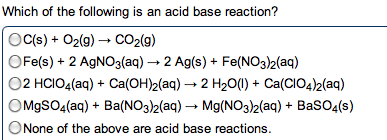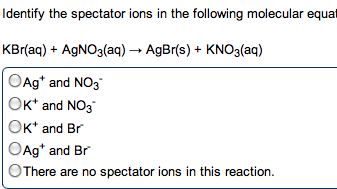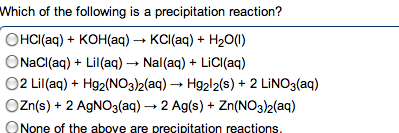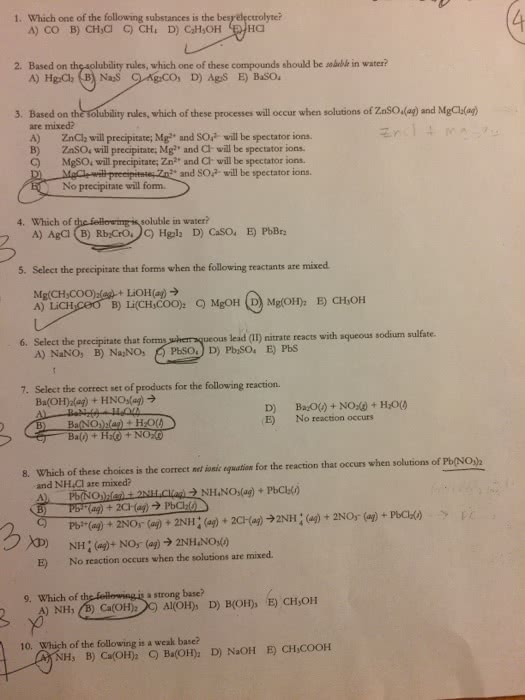CHM 131 Lecture Notes - Lecture 6: Barium Hydroxide, Sodium Hydroxide, Ideal Gas Law
30 views2 pages
9 Aug 2018
School
Department
Course
Professor
Document Summary
The polarity of water will cause the polar solute to dissociate (break down). Nonpolar solutes will not be affected by the polarity of water. Mg has a +2 charge and so4 has a -2 charge. This means that there is one mg for every so4. So +2 and -2 will be in this solution. The acid is a diprotic acid (h2a), meaning that it has two h+ ions in the formula to donate to a base. The reaction is h2a(aq) + 2 naoh(aq) 2 h2o(l) + na2a(aq), where a2 is what is left over from the acid formula when the two protons (h+ ions) are reacted. For the hcl reaction, the base has the ability to accept two protons. The most common examples are ca(oh)2, sr(oh)2, and ba(oh)2. A possible reaction would be 2 hcl(aq) + ca(oh)2(aq) 2 h2o(l) + cacl2(aq).









